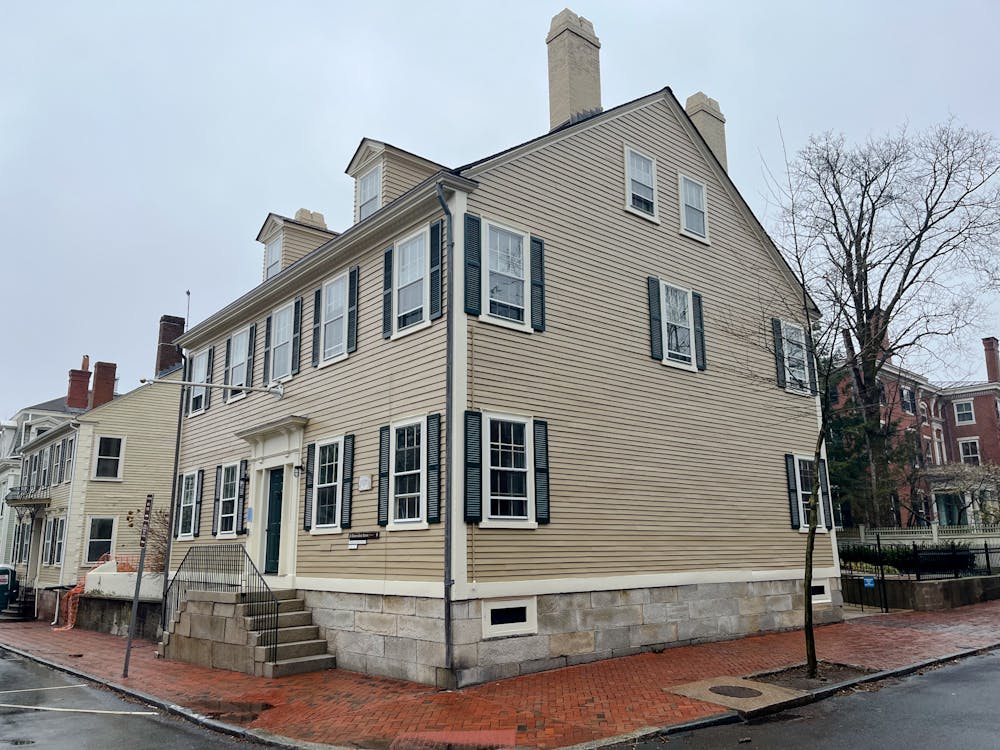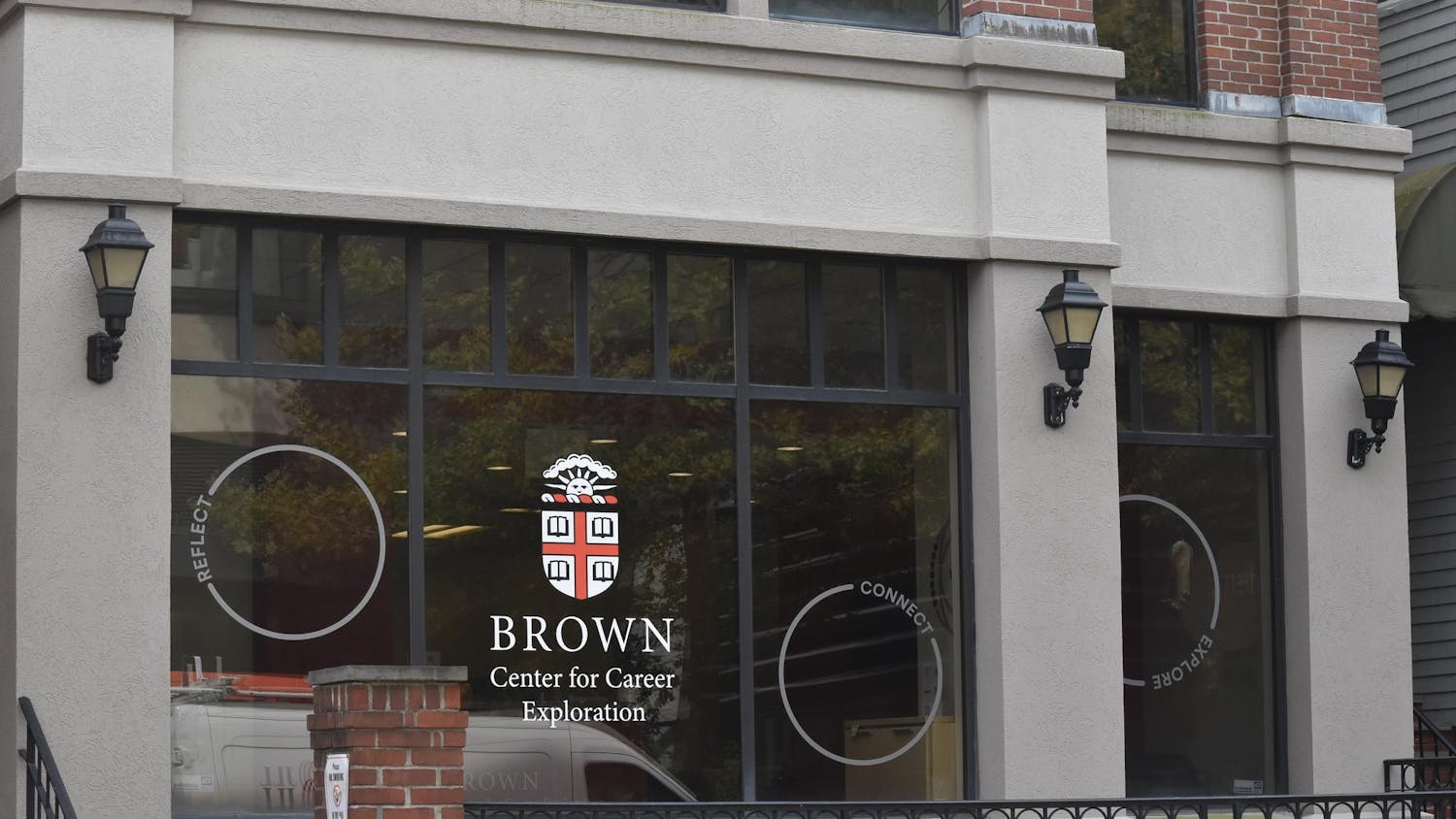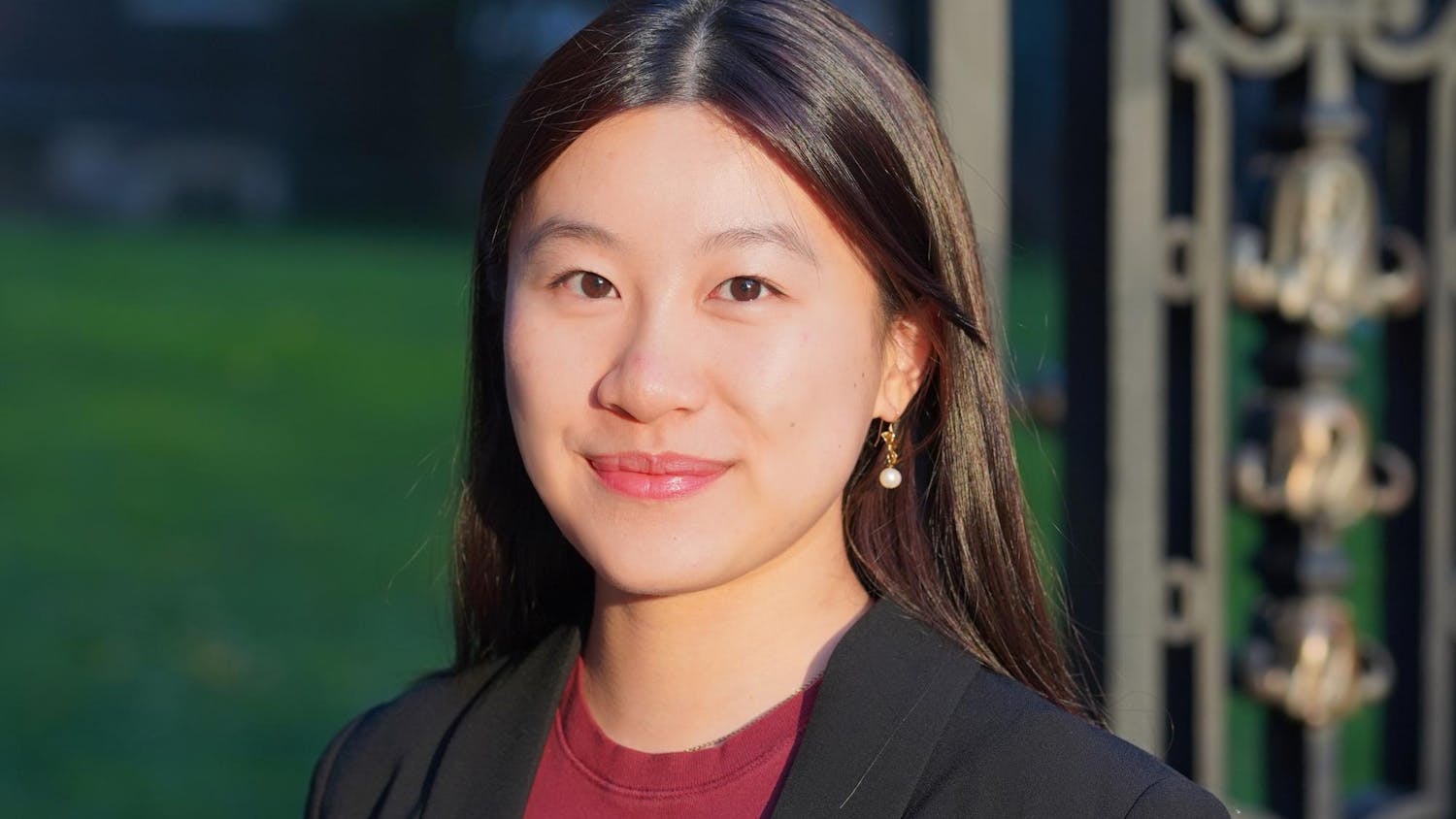While discussions surrounding gender pronouns have circled around campus since Felicia Salinas-Moniz MA’06 PhD’13, director of the Sarah Doyle Center for Women and Gender, began at the University almost 10 years ago, they have grown more and more common in the past five years, she wrote in an email to The Herald. When community members introduce themselves, it is not uncommon for them to include the pronouns they use with their name.
But increased attention over pronouns and other gender labels does not necessarily translate to an easier experience for the transgender and nonbinary community members who challenge cisgender norms. The Herald spoke with two such community members who detailed challenges with introducing their pronouns and the anxiety associated with being misgendered.
Introducing your pronouns
For Mattie Ji ’24, sharing pronouns in group settings as a trans person — like during introductions in a class or club meeting — tends to be uncomfortable.
“I guess I feel self-conscious about it,” she explained. “I know the intention of introducing your pronouns is good. But I personally feel like if someone comes up to me and asks me (my pronouns), either I have to lie or I have to awkwardly explain to them what they actually are.”
Ji, a math concentrator, said she was more comfortable sharing her gender identity in asynchronous ways, such as through a discussion post assignment on Canvas, than in a traditional classroom setting, where she would have to watch the "immediate reactions" of her classmates.
Including pronouns in introductions and email bylines allows community members to define how they wish to be addressed, according to Salinas-Moniz. “It also opens up the conversation that we should not assume how people identify according to gender and other markers of identity just by the way they look,” she wrote.
But, at the same time, Salinas-Moniz noted that students exploring or becoming more comfortable in their gender identity can feel alienated by having to share their pronouns with a large group of people, especially strangers.
“One area where I think people should take care with pronouns is within some group settings, where there may be individuals who are in the process of exploring their gender identity and may not be ready to share their pronouns,” she wrote. “When setting up a group dynamic, I think it's important to give space for people to have the option to share or not.”
Ji added that trans students can be both positively and negatively affected by the way conversations surrounding pronouns have entered the mainstream.
“On one hand, it’s definitely a positive change because it’s trying to make introducing your pronouns more of a norm so it can encourage other people to do the same,” Ji added. “On the other hand, if you’re still closeted and don’t want to come out yet, you have to either be constantly reminded of this or you have to come out of the closet right now.”
“It’s definitely a process that takes a lot of time,” she said. “I feel like asking everyone to introduce your pronouns very hastily could end up harming members of the community.”
Getting used to new pronouns
When Willow Mackintosh ’24 changed their pronouns to they/them in the middle of the school year, they said it felt awkward at times. Still, Mackintosh found that both they and their peers were able to adapt smoothly.
“I feel weird asking professors to change how they address me … (or) classmates who I already know and have introduced myself to them with a different name or different pronouns,” Mackintosh said. “It’s a little bit of a weird feeling, but I’m grateful everyone is super accepting overall, especially at Brown. I feel like everyone will at least make an effort to try to adapt to my new pronouns and everything.”
Mackintosh shared that their journey of changing pronouns was an “organic process” as they moved from he/any pronouns to he/they to, most recently, they/them pronouns this past March.
“Even then, I don’t feel completely comfortable with using they/them pronouns because it feels grammatically incorrect, and the English language is flawed,” Mackintosh said. “The English language just doesn’t have the grammar to describe how I really identify or how I feel inside, which is a weird feeling.”
And labels don't offer ways to truly capture how they feel about their gender identity, Mackintosh said.
“I really don’t want to put a label on (my identity), but the closest I think is agender,” they said. “I think of genders as a Venn diagram, but I’m outside of all of that because gender is made up.”
In choosing when to disclose their pronouns, Mackintosh noted that it can be on a “case-by-case basis.”
“I asked my closest friends first, and they were super supportive. I really appreciate them,” Mackintosh said. “It’s less of other people pressuring or judging me. It’s more of my own uncertainty about my identity.”
“In an ideal world, I wouldn’t care what people call me or everyone would be referred to as the same thing, but of course that’s not the case,” Mackintosh said. “In this world, in this context, I feel like I need to make it clear that I’m not he or she or any other gender. I’m outside of that.”
Misgendering
But with the opportunity to share one’s gender identity comes the anxiety that comes with correcting instances of misgendering.
“Trans and nonbinary individuals often carry the burden of constantly having to correct people who misgender them and use incorrect pronouns, especially in group settings such as within the classroom,” Salinas-Moniz explained. “I’ve seen positive movement in addressing this issue, with some professors including a note about names and pronouns in their syllabi, but I definitely think there’s room for continued education on this topic.”
For Mackintosh, pointing out incorrect pronoun usage has proven to be stressful.
“I hate correcting people, and I hate interrupting people. I’ve told people and then they mess up, and then I don’t feel like correcting them because I just don’t want to bother,” Mackintosh said. “I wish I could get into someone else’s head who just doesn’t have to worry about this at all. ... How is it doing classes or living without anxiety or all these other things to worry about?'”
Continuing conversations
While the Brown community has made progress in normalizing the usage and introduction of pronouns, Mackintosh recognizes that there are still more efforts to be made in this area.
“I really appreciate a culture of asking for people’s pronouns. It’s supporting and nurturing those diverse identities,” Mackintosh said. “We still have a lot of work to do at Brown, like making sure that nobody gets different treatment. … We have to really work to unlearn things, like not to assume anyone’s pronouns, no matter how they look or how much they conform to gender stereotypes.”
Salinas-Moniz expressed a similar sentiment, emphasizing that pronouns and language are just one aspect of gender expression and that being respectful and supportive to the trans and nonbinary communities is also important.
“Pronoun usage is an important part of people being affirmed in their gender identity, but we need to not just rely on language alone to provide opportunities for people to feel seen in all their identities,” Salinas-Moniz wrote. “Beyond pronouns, how do we advocate for and support people of marginalized identities? How do we make sure that we don’t just stop at language in our valuing of diversity in all its forms?”
Ashley Guo is an arts & culture writer and layout designer. She previously covered city and state politics as a Metro section editor. In her free time, Ashley enjoys listening to music, swimming, and reading!





